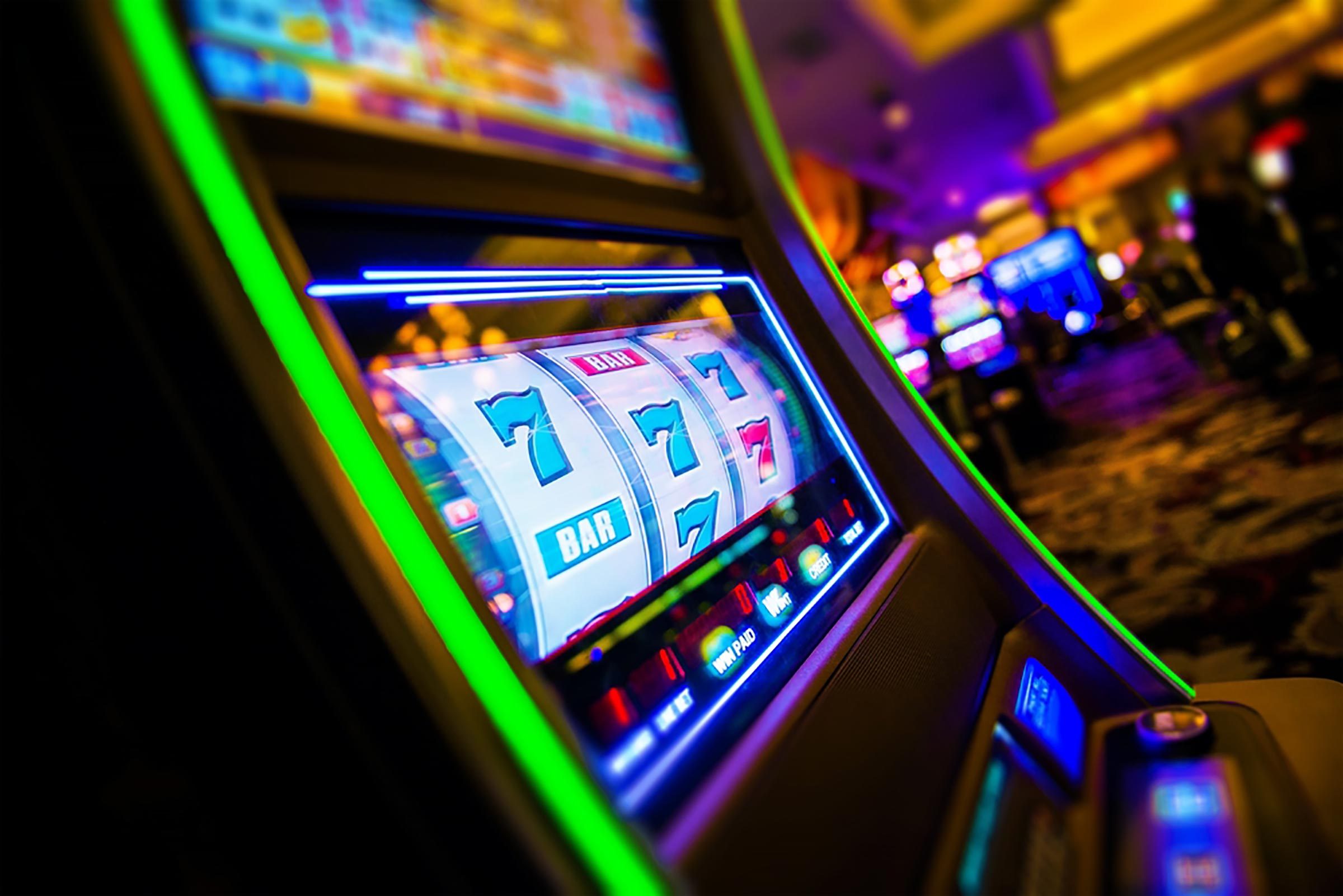
In the shadows of the glittering illuminations and the alluring sounds of rotating reels lies a dynamic world where creativity meets mathematics: the making of games of chance. As players converge to gaming establishments seeking excitement plus the possibility of striking it rich big, a vast amount of work takes form behind the scenes to create the games they enjoy. From the starting concept to the ultimate product that players engage with, numerous elements come together to ensure an captivating play experience.
Creators, engineers, and game developers work together to combine cutting-edge technology with enthralling gameplay features. Each aspect, from graphics and sound effects to odds and returns, is carefully designed to attract players and keep them engaged. Understanding this complex process of the way casino games are made reveals not only the technical expertise involved but also the artistic vision that transforms these immersive experiences to life.
Casino Game Development Process
The game workflow starts with brainstorming and concept development, where creators generate concepts for new casino games. This first phase typically includes identifying target audiences and understanding market trends. Designers take into account elements such as game mechanics, themes, and payout structures to create an immersive experience. Collaboration between game designers, mathematicians, and artists is crucial to guarantee a well-rounded concept.
Once a design is selected, the next stage entails creating prototypes and testing. Designers build a working version of the game to evaluate its playability and mechanics. This facilitates adjustments and refinements based on feedback from testers. Iteration is key, as designers may navigate multiple rounds of testing to fine-tune gameplay balance and user experience. This phase is crucial for identifying any potential issues before the game goes into production.
After testing, the game moves into development and production. This includes the technical aspects of coding the game software, integrating graphics, and making sure compliance with gaming regulations. Quality assurance testing ensures that the game functions seamlessly across various platforms and devices. Once everything is refined, the game is prepared for launch, usually accompanied by marketing strategies to draw in players and generate buzz around the latest casino game.
Tech and Advancement
The development of gambling games has transformed significantly with developments in tech. Modern game design often incorporates high-quality graphics, engaging sound effects, and engaging animations that deliver a thrilling experience for players. Game developers use sophisticated software tools and programming languages to develop these interactive gaming experiences. Additionally, the use of random number generators ensures equity and unpredictability in outcomes, which is important for maintaining player trust and compliance with gaming regulations.
In recent years, the growth of online casinos has expanded the boundaries of game development even further. Developers are now able to build games that appeal to a global audience, integrating features such as live dealers and virtual reality environments. This shift has encouraged creativity, leading to unique game mechanics and formats that enhance player engagement. Mobile gaming has also become a significant focus, prompting developers to tailor games for smartphones and tablets, ensuring accessibility and ease of access for players on the go.
Cooperation among designers, visual artists, and mathematicians is crucial in the creation process. Each team brings their knowledge to ensure games are not only aesthetically pleasing but also statistically accurate and enjoyable. The integration of player feedback during beta testing allows developers to enhance game features and functionalities, ultimately leading to a favorable launch. As technology continues to advance, the potential for new game concepts and experiences is limitless, promising an thrilling future for casino games.
Testing and Quality Control
Once a casino game has been designed, it moves into the critical phase of evaluation and quality control. This stage ensures that the game operates seamlessly and provides a just experience for gamblers. business text messaging service Teams conduct extensive tests, including functionality checks to verify that all game features work as expected. Each component, from graphics to sound effects, is assessed to ensure quality benchmarks are met.
In addition to functionality testing, the game experiences rigorous compliance checks to meet legal requirements. Multiple jurisdictions have specific regulations governing game fairness and player protection. Quality assurance teams will check that the random number generators are working correctly and that the game’s payout percentages correspond with industry standards. This detailed examination helps build trust with players and regulators alike.
Finally, user testing may be conducted with genuine players to obtain insights on user experience. This crucial insight allows developers to execute necessary adjustments before the public launch. Tackling any likely issues recognized during this phase helps ensure that players will have a seamless, immersive experience when the game goes live. The commitment to excellence reflects the sector’s dedication to delivering pleasant and dependable casino games.
